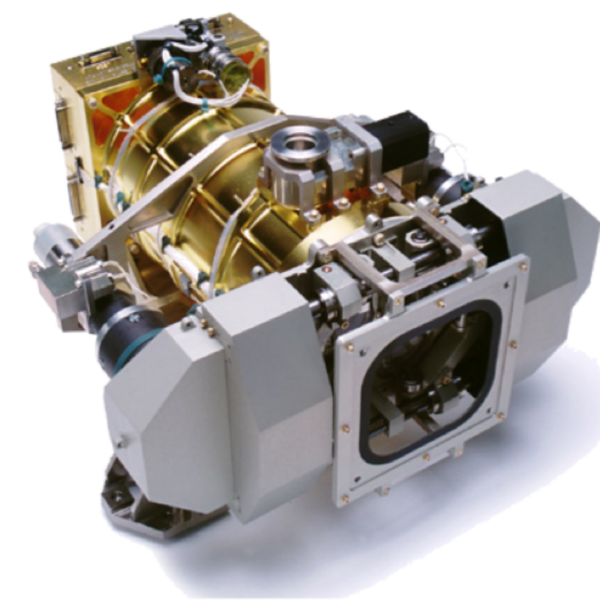Inventing custom instrument and detector technology
Each space-science instrument is unique and must meet incredibly detailed design specifications to ensure it will survive the launch and perform as needed in the harsh environment of outer space. LASP has a long and proven track record in successfully developing specialized low-noise detectors and rad-hard electronics. These devices are what make state-of-the-art measurements for remote sensing of the Sun and planetary atmospheres, as well as in-situ sampling of energetic particles, electric fields, and dust particles in space.
LASP has developed and flown an extensive variety of detectors, including:
- Extremely low-noise and intensified CCD imagers, including on MAVEN
for making Mars airglow observations - Dust and particle detectors to observe terrestrial, interplanetary, cosmic, and lunar dust as well as energetic electrons and protons
- Electrical and magnetic field digital signal processing electronics for Earth-orbiting missions such as MMS and Van Allen Probes as well as planetary and solar missions, including Parker Solar Probe
- Silicon photodiodes that provide extremely stable solar extreme ultraviolet irradiance measurements for NASA’s Solar Dynamics Observatory and NOAA’s Goes R+ satellite series
- A custom low-noise, 6-hcannel electrometer ASIC to use with silicon photodiode arrays for NOAA’s GOES-R+ EXIS instrument
- High-accuracy radiometers, including very low-noise electrical substitution radiometers that provide an absolute reference on orbit, including for our TIM and SIM solar instruments for NASA’s TSIS and other missions

